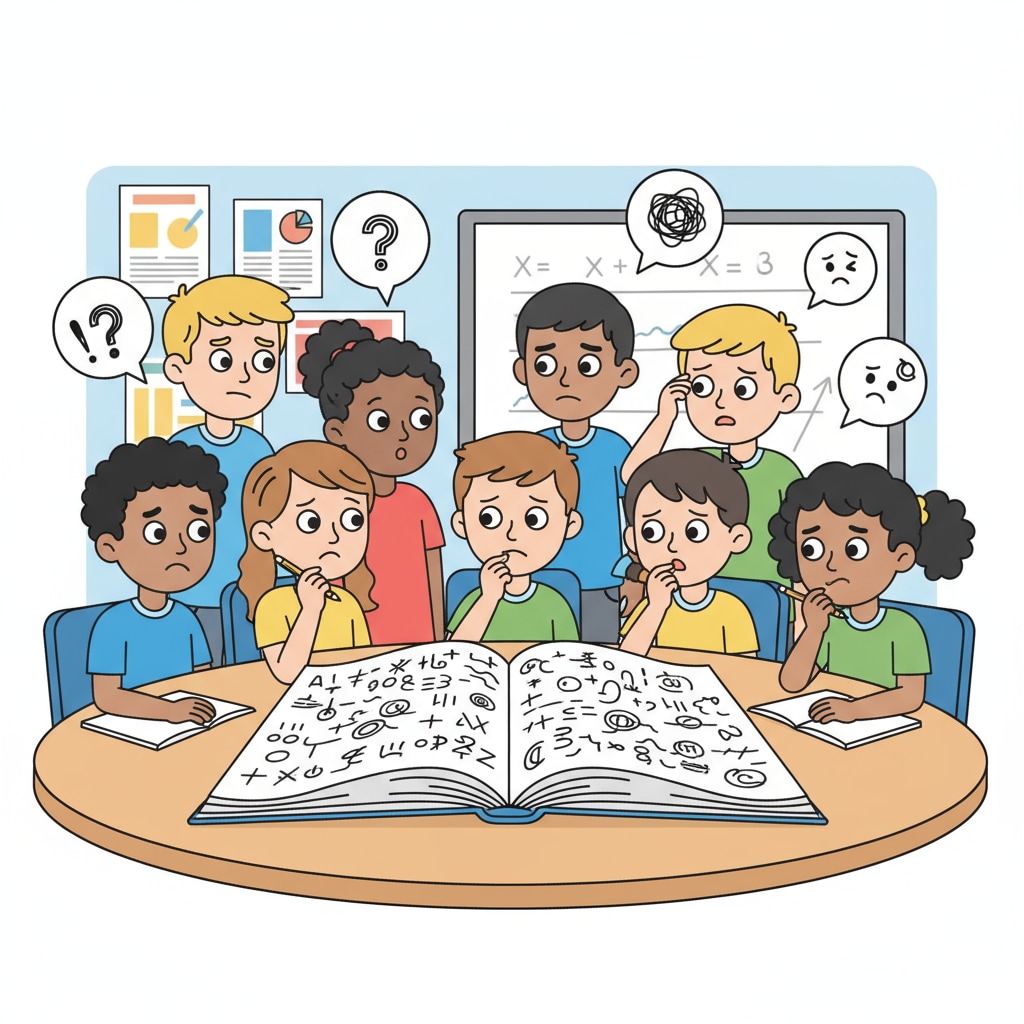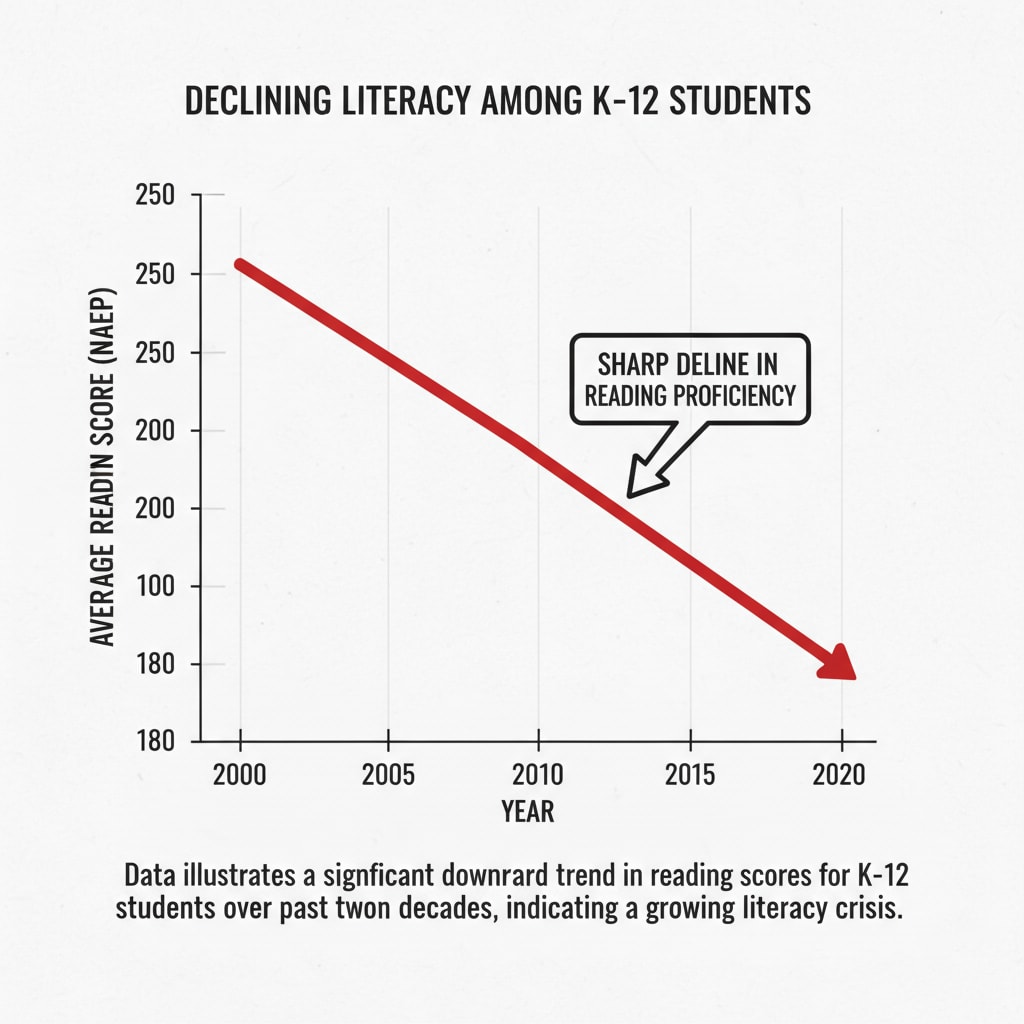The issue of literacy rate, democracy, and reading ability has emerged as a critical concern in today’s society. The declining literacy rate among contemporary K12 students is not just an educational problem but also a potential threat to democratic societies.

As we delve deeper into this issue, it becomes evident that multiple factors are contributing to this decline in reading ability, and it’s high time for all stakeholders to take action.
The Alarming Decline in Literacy Rate
Recent studies have shown a disturbing trend in the literacy rate among K12 students. The ability to read, understand, and interpret written information is deteriorating. For example, standardized test scores in reading comprehension have been on the decline in many regions. This decline is not only a reflection of poor educational performance but also has far-reaching implications. According to The National Assessment of Educational Progress (NAEP), these trends can have a significant impact on students’ future academic and professional success.

The Link Between Literacy and Democracy
Literacy is the cornerstone of a democratic society. In a democracy, citizens need to be well-informed to make educated decisions. High levels of literacy enable people to understand political issues, policies, and the implications of their votes. When the literacy rate drops, it becomes difficult for citizens to engage meaningfully in the democratic process. As Britannica defines, democracy thrives on an informed citizenry, and a decline in reading ability can erode this foundation.
Furthermore, literacy promotes critical thinking. In a democratic society, people need to be able to analyze different viewpoints, question authority, and form their own opinions. A lack of reading skills can limit one’s ability to think critically, which in turn can affect the healthy functioning of a democratic society.
Readability guidance: We’ve explored the decline in literacy rate and its crucial link to democracy. Next, we’ll look at the factors causing this decline. Notice how we use short paragraphs to convey ideas clearly and transition words like ‘furthermore’ to connect thoughts.
Factors Contributing to the Decline in Reading Ability
- Digital Distractions: The prevalence of digital devices such as smartphones and tablets has significantly reduced the time students spend reading traditional books. The constant stream of notifications and the allure of social media divert students’ attention from reading.
- Curriculum Issues: Some educational curricula may not place enough emphasis on developing strong reading skills. There could be a lack of engaging reading materials or insufficient teaching methods focused on reading comprehension.
- Home Environment: A lack of a reading-friendly home environment can also contribute to the decline. If parents do not encourage reading or do not provide access to books, students are less likely to develop a love for reading.
These factors, either individually or in combination, are having a detrimental effect on students’ reading abilities and ultimately on the literacy rate.
The Call to Action
Educators play a vital role in reversing this trend. They need to design more engaging reading programs, incorporate modern teaching techniques, and provide students with a wide range of reading materials. Parents should also create a reading-rich environment at home, lead by example, and encourage their children to read regularly. Policy makers, on the other hand, need to allocate sufficient resources to improve literacy education, develop standards, and support initiatives that promote reading.
In conclusion, the decline in the literacy rate among K12 students and the associated decline in reading ability pose a significant threat to democratic societies. By working together, educators, parents, and policymakers can help improve literacy levels, ensuring a brighter future for democracy. The issues of literacy rate, democracy, and reading ability are intertwined, and it’s our collective responsibility to safeguard this important aspect of our society.


